Ray Collett was the original, beloved UCSC Arboretum visionary and Executive Director, growing the Arboretum on this incredible piece of land together with founding UCSC Chancellor Dean E. McHenry. Learn more about the Arboretum's beginnings.
Archive:
Ray Collett Rare and Extraordinary Plant Lecture Series
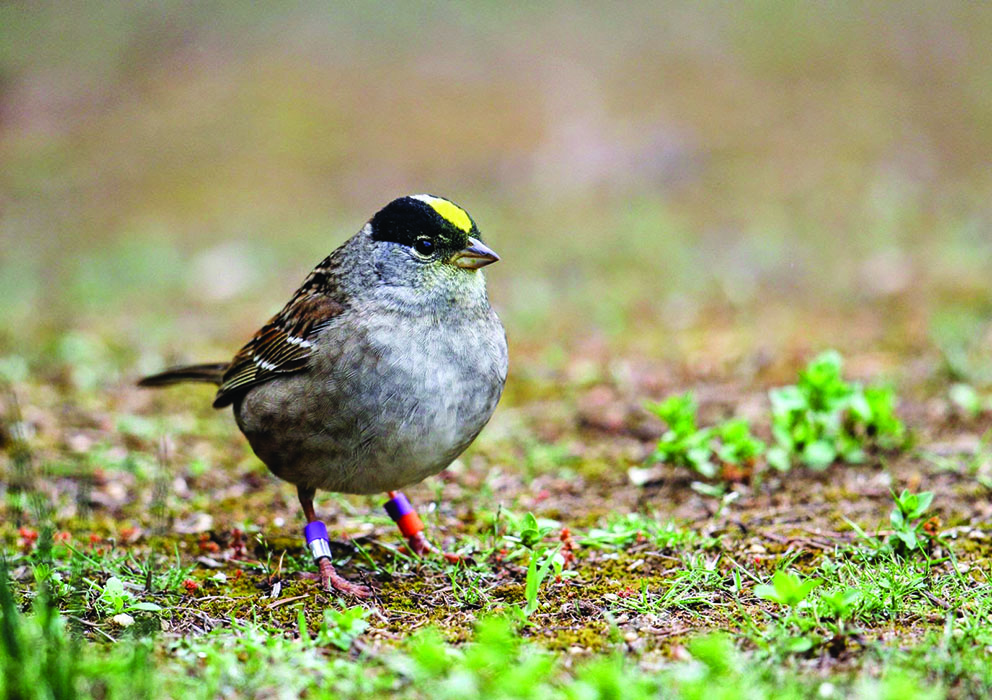
Ornithologists often study breeding birds and as a result the winter ecology and social behavior of migratory birds is relatively under-studied. For the past 18 years, Bruce Lyon and his students have been studying a population of Golden-crowned Sparrows that winter in the UCSC Arboretum. Each sparrow is given a unique combination of color bands which allows them to identify individual birds in the wild and monitor their behavior and survival. Given that they survive migration and breeding, individual sparrows return winter after winter to the Arboretum and flock together with the same individuals as in previous years. The researchers use innovative social network methods to understand patterns of social organization and discovered remarkable social complexity in these birds, similar in some ways to the societies of mammals, including primates. The sparrows also show tremendous variation in the size of the black and gold crown patches that naturalists use to identify this species. Various experiments show that the birds use these crown patches as signals of dominance to determine priority access to food without having to fight, and that the signals are used by interactions between strangers, but not friends that are familiar with each other. Sparrows also sing in winter—both females and males—and they are currently investigating the significance of this winter song. Their studies reveal that the winter lives of these modest little brown birds are surprisingly more complex than previously thought.

Bruce Lyon is a professor in the department of Ecology and Evolutionary Biology at the University of California, Santa Cruz. He teaches ecology, ornithology, and a behavioral ecology field course. Bruce's research focuses on social behavior and social signals in birds. In addition to his Golden-crowned Sparrow research, his studies include female reproductive strategies in birds, including within-species brood parasitism in Wood Ducks near Davis, CA, and American Coots in British Columbia. Other projects include studies of Lark Buntings on the Colorado prairies and Black-headed Duck, a duck with the lifestyle of a cuckoo, in the marshes on the pampas of Argentina. Bruce is also a passionate nature photographer.

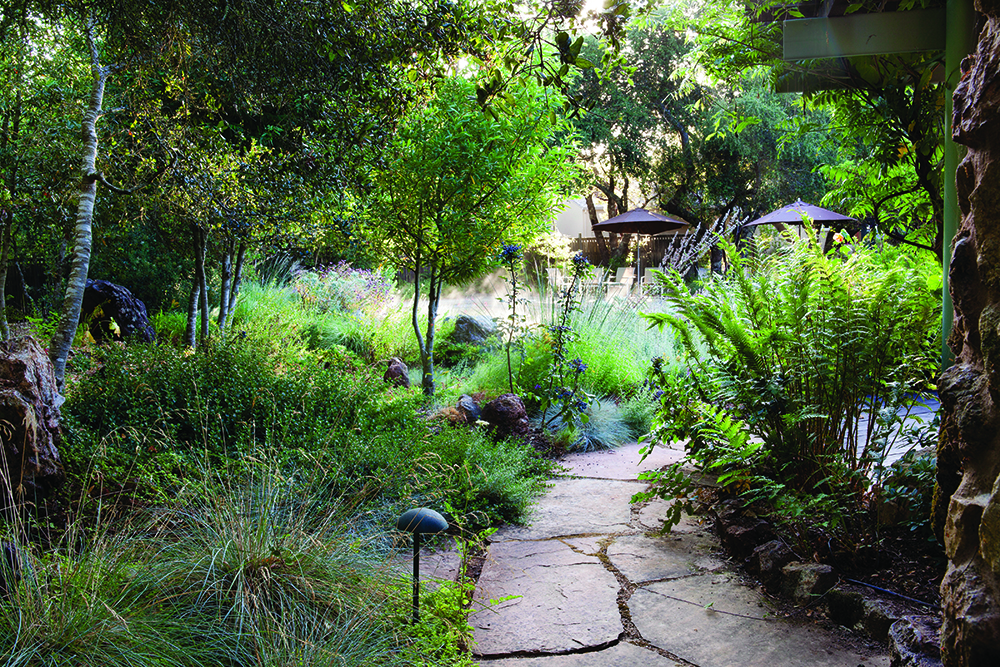

The Making of Beauty and the Beast: California Wildflowers and Climate Change
Watch the recording of the webinar

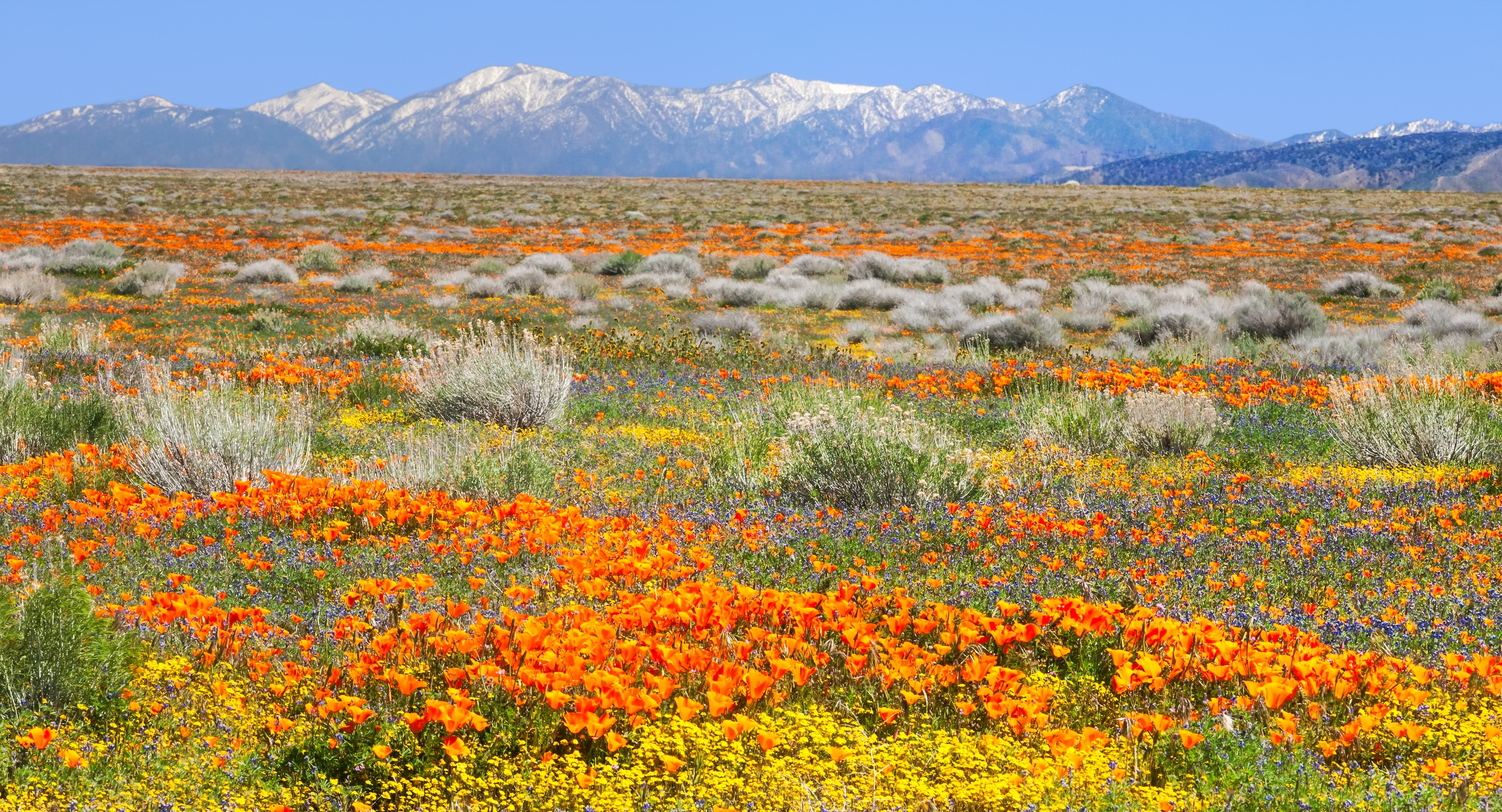
Rob Badger and Nita Winter take you behind the scenes of their 27-year journey photographing wildflowers and superblooms throughout California and the West. In their new, award-winning coffee table book, Beauty and the Beast: California Wildflowers and Climate Change, art and science are seamlessly woven into a beautiful work that celebrates California’s amazing plant diversity. Because many people don’t know that wildflowers are especially vulnerable to climate change and habitat loss, the photographers and the book’s 16 diverse authors have dedicated their life’s work to protecting them and addressing climate change. With this project they hope to inspire others to do the same.
 Rob Badger and Nita Winter are internationally-acclaimed conservation photographers who are passionate about photographing and protecting wildflowers on America’s public lands. They use art to inspire hope and action with regard to climate change, land conservation, and species extinction. The Sierra Club recently honored the couple with the 2020 Ansel Adams Award for Conservation Photography. This is the latest of several awards they have received in response to Beauty and the Beast, co-published by WinterBadger Press and the California Native Plant Society.
Rob Badger and Nita Winter are internationally-acclaimed conservation photographers who are passionate about photographing and protecting wildflowers on America’s public lands. They use art to inspire hope and action with regard to climate change, land conservation, and species extinction. The Sierra Club recently honored the couple with the 2020 Ansel Adams Award for Conservation Photography. This is the latest of several awards they have received in response to Beauty and the Beast, co-published by WinterBadger Press and the California Native Plant Society.
Horticulture II Building
In this talk, Stephen McCabe, Emeritus Director of Research of UCSC Arboretum, will focus on recent poaching of the native succulent Dudleya plants from the California coast, as well as mentioning other succulent poaching that is a side effect of the current succulent plant craze. In one bust alone, about $600,000 worth of poached plants were seized. The show will cover some of the steps people are taking to protect the common and the many rare and endangered species of succulent plants, as well as how to grow responsibly produced plants.
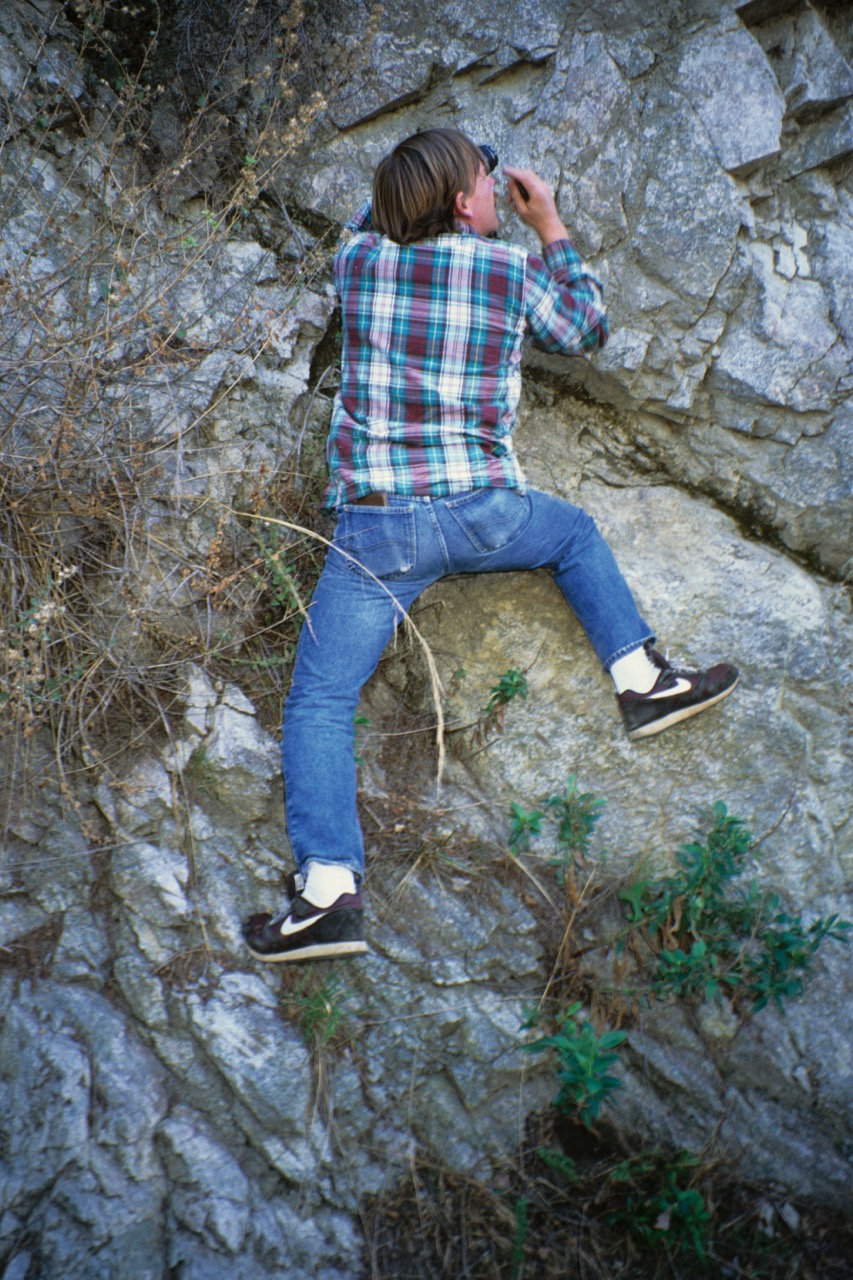

Stephen began his conservation work in Yosemite in the 1970's. He has been studying and growing Dudleya since 1983. He retired from the Arboretum after 30 years, working as most employees did there and then, as a jack of all trades, finishing up as Director of Research. He continues to study Dudleya as a researcher with the Environmental Studies Department at UCSC and the Arboretum, while collaborating with other institutions. Stephen brought his collection of Dudleya from SF State to the Arboretum many years ago. Writings include the Dudleya section of The Jepson Manual and articles in a variety of publications.
Care for the Rare (PDF)
Horticulture II Building
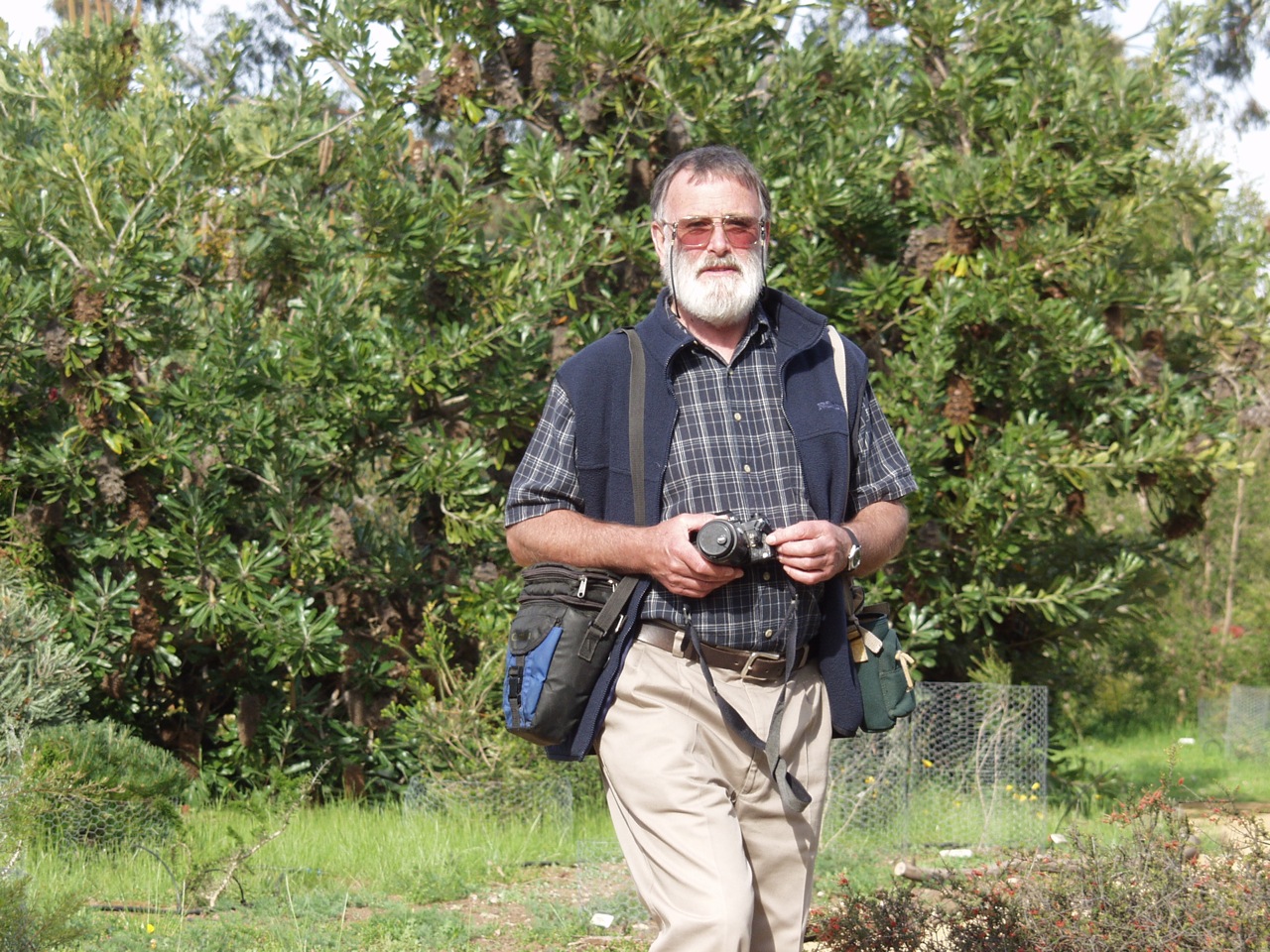
Royal Botanic Gardens Victoria is leading the Care for the Rare program, which has been created to safeguard rare and threatened Victorian plant species against extinction in the wild. With nearly 15% of Victoria's plant species classified as rare, conservation programs are critical to ensure Victoria's significant biodiversity is protected. In a collaborative project, the Royal Botanic Gardens Victoria is building the capacity of regional botanic gardens to play an important conservation role for Victoria’s biodiversity, whilst building their readiness for projected climate change. This program highlights the important role that all botanic gardens play in plant conservation and empowers local communities to protect plants indigenous to their region.
Royal Botanic Gardens Victoria is currently working collaboratively with the Botanic Gardens Australia and New Zealand (BGANZ) Victoria network, to assess the potential of botanic gardens across the state to nurture rare and threatened plants. The plants are selected because they are either near to where the species naturally occur or the growing conditions in the wild are similar to those within the botanic garden. Six Victorian botanic gardens have been chosen for the first round of the program, including the Dandenong Ranges Botanic Gardens.
Banksias: Selection, Design, Cultivation, & a Little Bit of Botany (PDF)
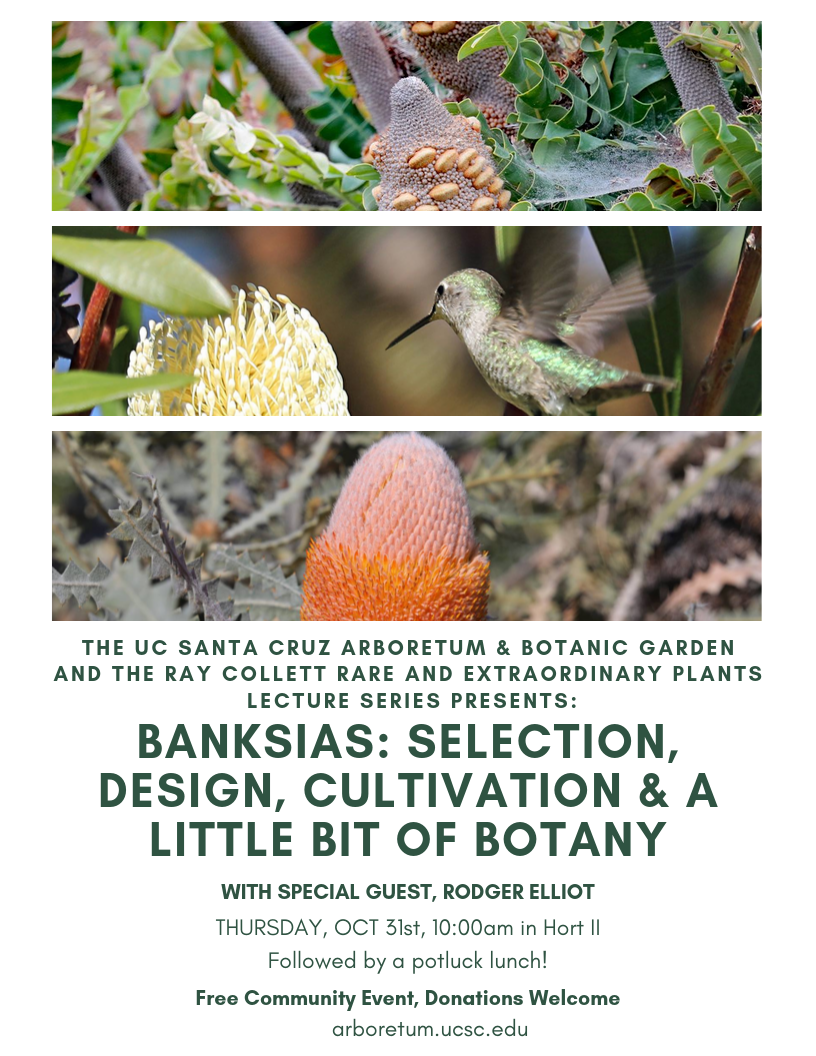
California's Botanical Landscapes
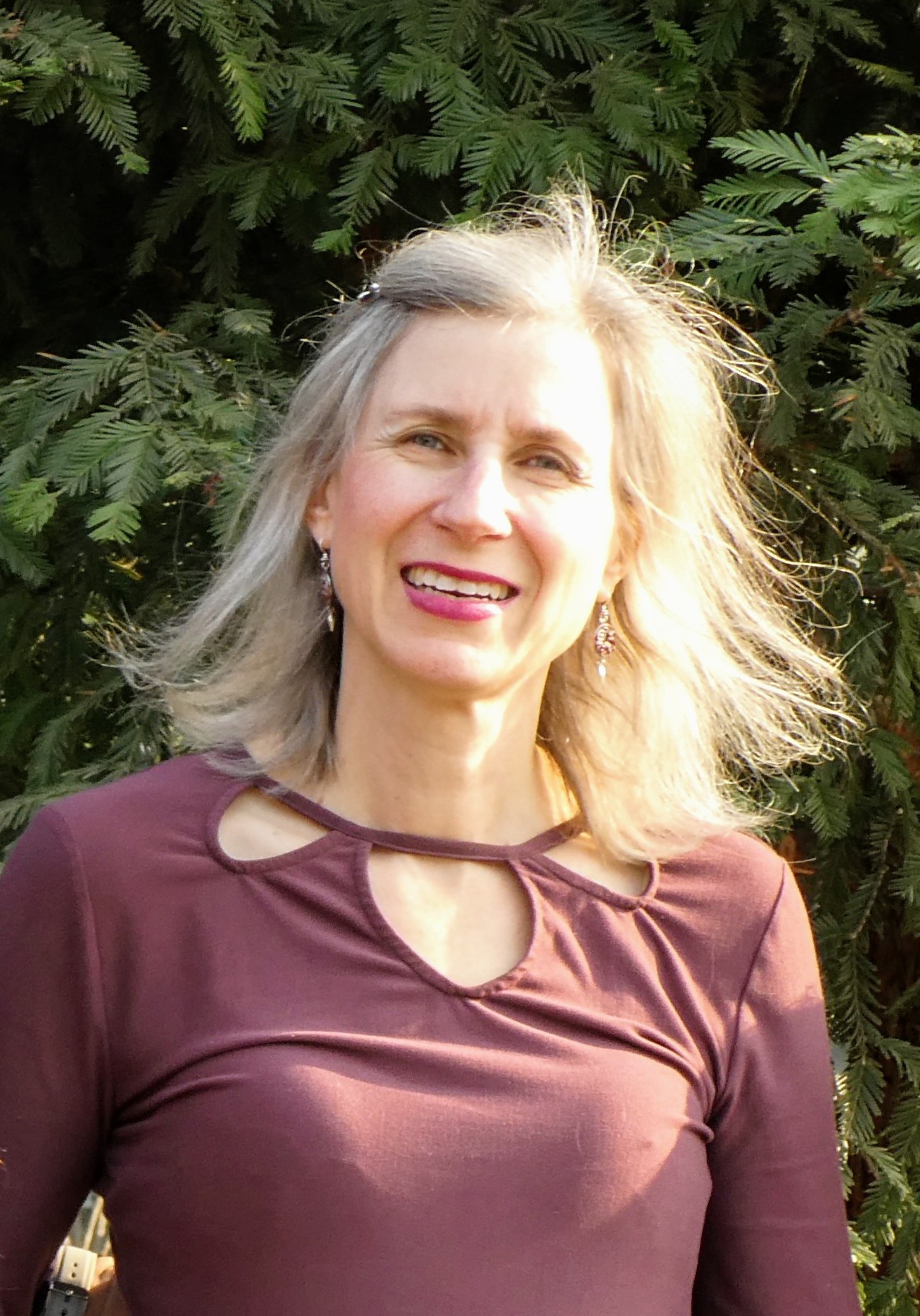
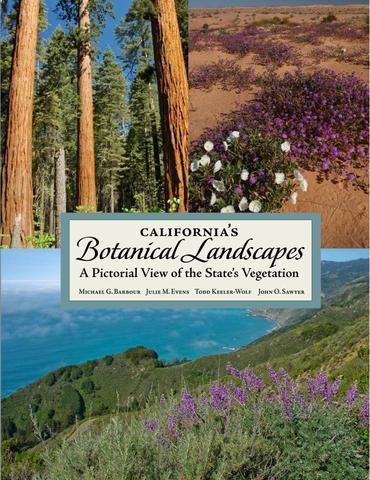
The Fynbos Vegetation of the Cape Region of South Africa
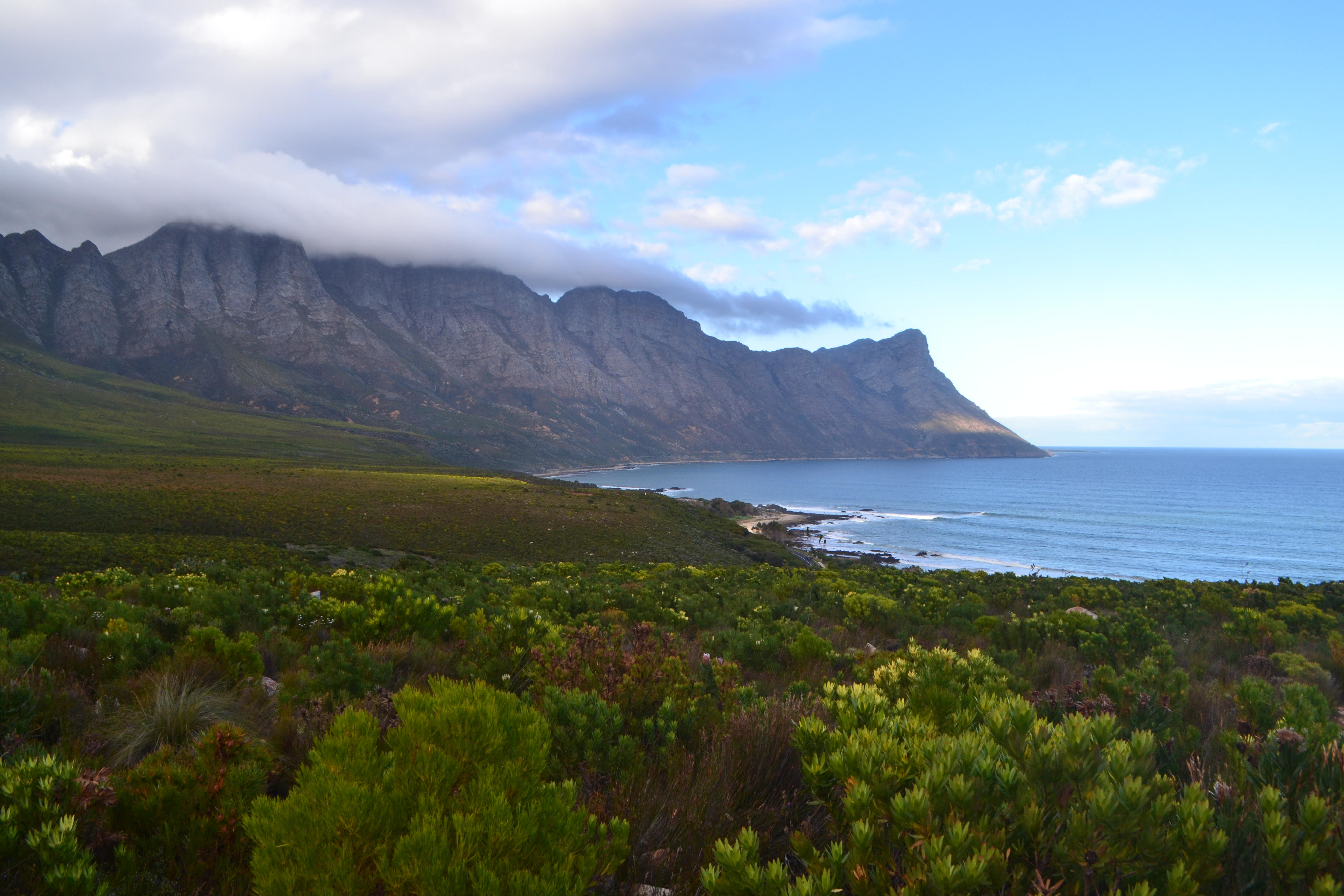
The Fynbos vegetation of the Cape Floristic Region in South Africa contains some of the highest plant species richness of anywhere in the world. The variety of ways in which plant species are adapted to survive periodic wildfires, specialized pollination interactions, and unique seed dispersal techniques have influenced the extreme diversity of plant species and high rates of narrow-range endemism in the region. However, the combined impacts of habitat loss, invasive species intrusion, and climate change have resulted in many Fynbos plant species, and entire plant community becoming threatened with extinction today.
Join botanist Dr. Stuart Hall during his visit to Santa Cruz from South Africa to learn more about conservation methods in this important region. He will discuss Fynbos ecology, threats to the region, and conservation initiatives--including how institutions such as botanical gardens can be centers of collaboration, combining research, conservation, and horticulture.
Stuart Hall is a botanist specialized in restoration ecology and dabbling in horticulture, he's always keen to share knowledge and learn something new about the natural world. His Ph.D. focuses on restoration of a highly threatened Fynbos vegetation type following invasive alien plant removal, and has worked at Stellenbosch University Botanical Garden for much of last year improving the garden's collection of locally endemic and threatened species, as well as developing better links with in-situ conservation projects in the local region.
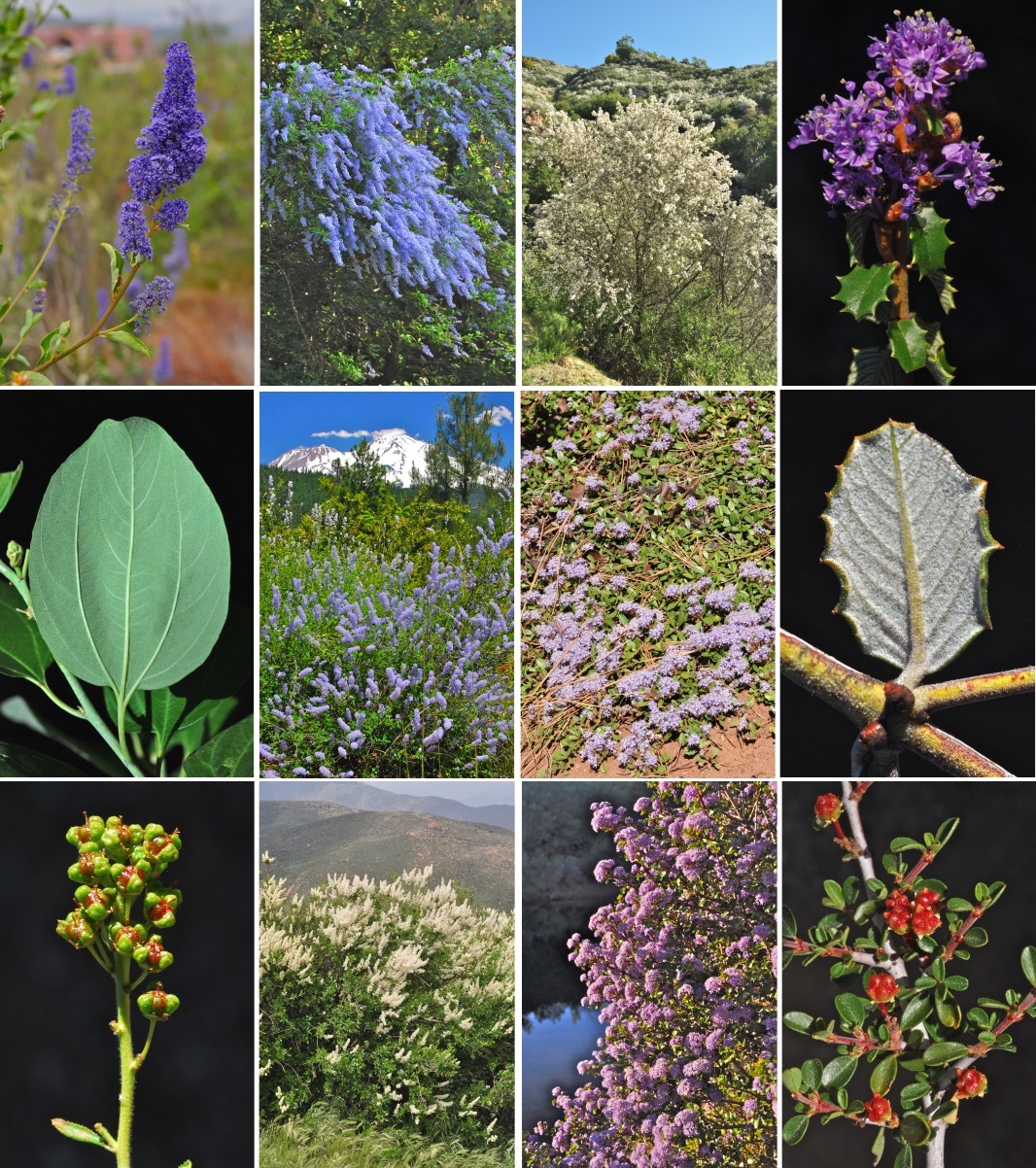
What People Don't Know
Lessons from Two Years with the California Native Plant Society
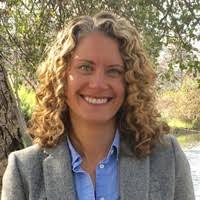
In 2016, marketing and communications professional Liv O'Keeffe left a thriving corporate career for a once-in-a-lifetime chance to join one of the worlds' most influential botanical conservation organizations. Hear the three things that blew her mind and what she wants every Californian to know. Liv O'Keeffe was born and raised in California, where she nicknamed her first houseplant at age 8, caught polliwogs at the nearby swamp, and imagined the natural world to be her Narnia. A journalist by trade, she went on to become a digital and content strategist, most recently serving as the digital marketing director for the Northern California-based Sutter Health, an organization of 50,000 employees. Today, she is the Senior Director of Communications and Engagement for the California Native Plant Society where she's working to help her fellow humans appreciate the intersection between our deep need for beauty, our native plants and places, and, ultimately, our survival.
discussing his new book:
"California Plants: A Guide to Our Iconic Flora"
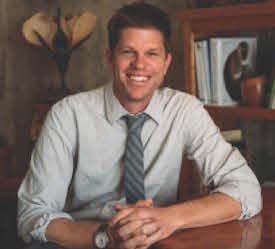

Sunday, February 18, 2018

It is no secret that a large portion of the world’s biodiversity is in an extremely perilous position. The variety of threats facing wild organisms require a corresponding variety of solutions. One of the most critical threats, the loss of habitat, can be addressed through the preservation of wildlands (in-situ conservation). The other side of the coin, ex-situ conservation, seeks to protect individual species by maintaining and augmenting their populations outside of their natural habitats. The marrying of these two approaches is known as integrated plant conservation. Join Evan as he shares examples of how these efforts are being carried out in Southern California and discuss his belief that preserving biodiversity for future generations will require creativity, humility, and adaptation to the realities of a changing planet.

"The campos de altitude of southeastern Brazil: the ramifications of global change for conservation and management of a unique ecosystem"
Thursday, October 26, 2017
Presentation by Ecologist Hugh Safford, Regional Ecologist for the USDA-Forest Service’s Pacific Southwest Region.
"The campos de altitude are cold, humid grass- and shrubland ecosystems found on the summits of the highest peaks in southeastern Brazil. Campos de altitude constitute terrestrial island habitats inserted in the matrix of the Atlantic rainforest, and their flora and fauna are the result of ecological and evolutionary interactions between geographic isolation and colonization and extinction events driven by past climatic changes. Many rare taxa are restricted to the campos de altitude, and their conservation status is already precarious. In the face of climatic warming, the survival of many of these high mountain taxa is at stake because the geographically closest habitats that are climatically similar are thousands of miles away, in other nations. I summarize the climatic history and vegetation dynamics of the campos de altitude since the Last Glacial Maximum, as well as projections of the climate and vegetation response in southeastern Brazil for the 21st century. Response of vegetation to rapid warming at the Pleistocene-Holocene boundary suggests that projected future climates may lead to the loss of a large part of the campos de altitude area by the end of the century. In conclusion, I consider some of the management choices that will have to be made if at least some of the rare taxa found in the campos de altitude are to be saved."
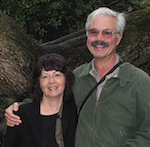
Tuesday, May 9, 2017
Historians have long marveled at the incredibly long delay before sex in plants was finally discovered at the end of the seventeenth century. The delay is especially remarkable when you consider that sex in animals was discovered at least 14,000 years earlier. Why did it take so long to discover sex in plants, and why, after it’s proposal and experimental confirmation, did the debate continue for another 150 years? The ancient belief that plants are unisexual and female can be traced back as far as the Paleolithic and Neolithic periods, and this is a gender bias that Lincoln and Lee explore in Flora Unveiled.
Lee Taiz, a research biologist specializing in electron microscopy, co-authored numerous papers on plant biology and on the history of science while on the staff of the Cell and Molecular Biology Department at the University of California, Santa Cruz.
Lincoln and Lee Taiz will be signing books after the lecture.
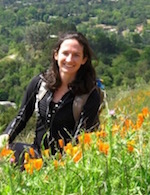 California's Flora Under Threat:
California's Flora Under Threat:Incorporating Climate Change into Natural Resource Planning
Monday, February 20, 2017
Dr. Riordan studies climate change impacts on California’s native flora, and how these will affect conservation. Her work evaluates the future role of the NRS under changing conditions. Riordan received her PhD from UCLA, studying projected climate change impacts and land use changeon California sage scrub, a highly threatened plant community in southern California and northwestern Baja California. She also worked with the UC Natural Reserve System and professors David Ackerly at UC Berkeley and Phil Rundel at UCLA. She is continuing her work modeling climate impacts on species in rare natural communities from coastal and montane regions in California.
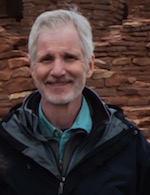
Abstract from Dr. Thompson: We now know that plant species continually evolve, sometimes at astonishingly fast rates and sometimes at slower rates, but they are always evolving. That affects how we think about the conservation of species, the management of invasive species, and the ever-changing web of life. This presentation will cover what we are learning about the relentless co-evolution of plants and their pollinators and enemies across the landscapes of California and far western North America.
Botanizing the Pacific Islands of Baja California, Mexico
Tuesday, January 19, 2017
 Vince Scheidt is a consulting environmental biologist based in San Diego, California. He specializes in botany and herpetology, but enjoys all aspects of natural history. Vince has owned his own biological consulting practice since 1980, providing biological surveys for to the local community on a full-time basis.
Vince Scheidt is a consulting environmental biologist based in San Diego, California. He specializes in botany and herpetology, but enjoys all aspects of natural history. Vince has owned his own biological consulting practice since 1980, providing biological surveys for to the local community on a full-time basis.
